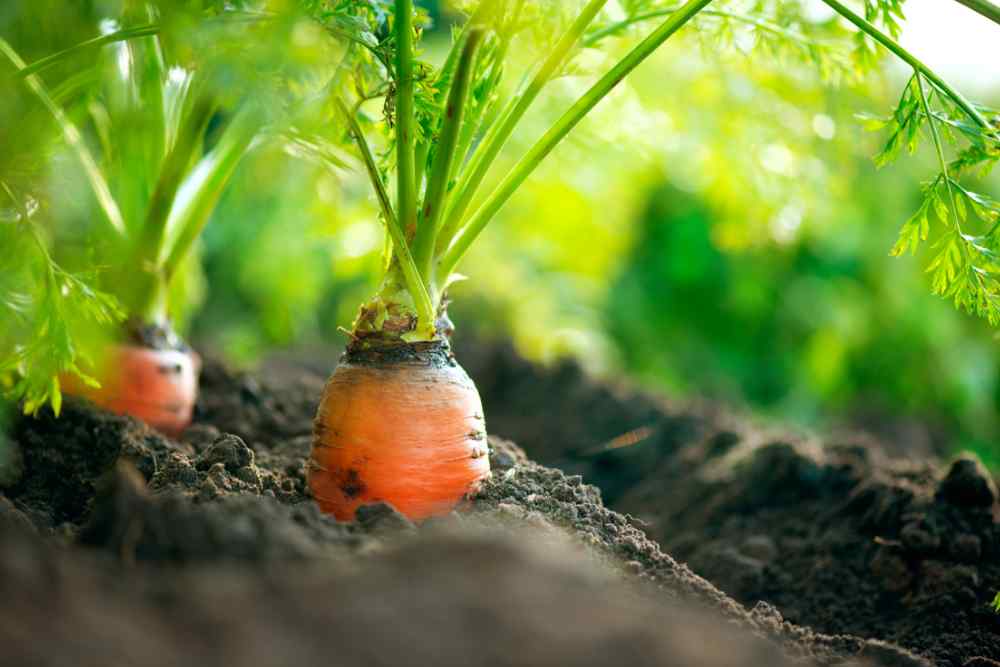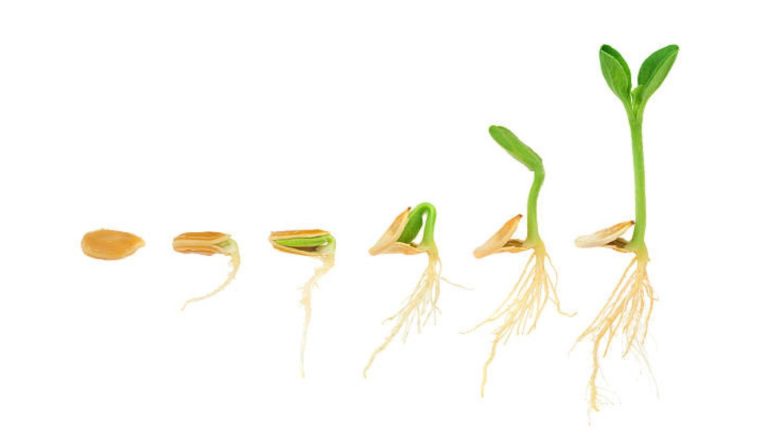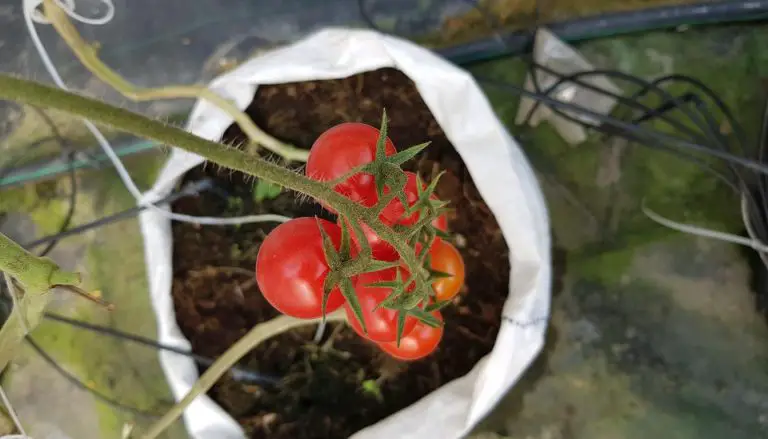6 Tips For Growing Carrots in Hot Weather: Tips for a Bountiful Harvest
Do you reside in a dry, hot climate like a desert? If this is the case, cultivating any form of the vegetable can be challenging! But, having the appropriate knowledge before doing it might be really helpful. Carrots are one of the most widely grown garden crops in home gardens, but they may also be one of the most difficult to grow, especially for novice gardeners. Because of the hot, arid climate, growing carrots in hot weather is much more difficult!
What Degree Of Heat Is Too Much For Carrots?
Carrots can’t tolerate heat exceeding 85°F (29°C). They prefer cool temperatures in the 60-70°F (15-21°C) range as cool weather crops. Carrot seeds should be planted in the early spring and late fall for the best results. At temperatures higher than 85°F (29°C), carrots do not grow well.
Temperatures below 50°F (12°C) are also bad for carrots. Even when temperatures periodically fall below freezing, carrots will continue to grow normally. If the freezing temperatures continue for too long, the edible roots will become pale. Soon after that, the plants will die, bringing an end to the growing season for carrots.
What Are The Things To Consider When Planting Carrots In The Summer?
Carrots can be grown in hot conditions. And you can grow carrots in no-dig soil, even if it appears hard and compacted at this stage – all you need is a fluffy top layer. Second, when it’s hot outside, carrot seeds will sprout considerably more quickly; in mid-July, within 4-5 days.
Thirdly, at least while they are still seedlings, they will require much more water than you would use in the spring. Winter carrots should be sown 10 to 12 weeks before the first frost, which would fall in mid-July in my area. This will provide an excellent fall crop.

Ensure that you wait until the carrot seeds have grown for a while before beginning to weed around them (if you have any weeds, that is). Because they are delicate and small, carrot seedlings are easily pulled out by accident when weeding.
Similarly, don’t thin carrots until after a few weeks have passed. Carrots should be thinned every 1 1/2 to 2 inches apart to allow adequate space to grow the strongest seedlings should be kept. The carrot roots will have plenty of space to grow if you thin the plants out as soon as possible.
Regrettably, summer-sown carrots appear to be far more vulnerable to carrot root fly damage than spring-sown ones. As soon as you can, cover your carrots with bug netting and a simple frame; this is much easier if your carrots are grown in a single small raised bed. Here are some tricks for planting carrots in hot climates.
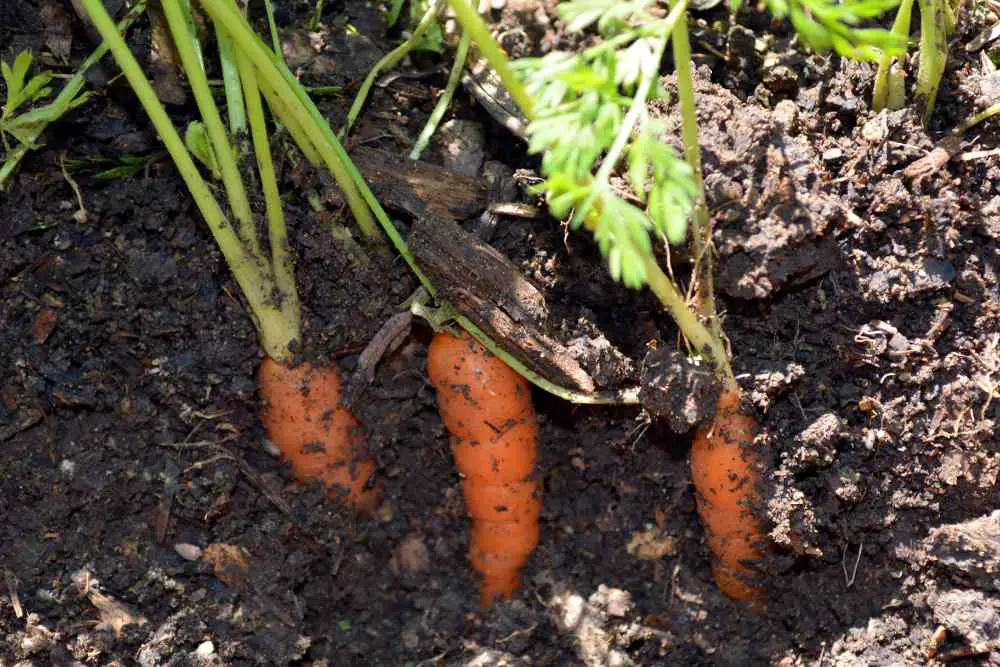
1. Look For Heat Resistant Varieties
When purchasing carrot seedlings for a hot growth season, be sure to carefully choose your variety. If you reside in a hot climate, heat-tolerant carrots are ideal; consider types such as ‘Romance,’ which are heat tolerant and can grow in hot temperatures without causing root damage.
And also go for a variety that matures quickly. For example, the Nantes matures in 62 days. By selecting a quick maturing type, the heat does not have as much opportunity to impair carrot growth. Such a carrot crop has a better chance of survival when the summer weather arrives. Winter carrot cultivation under such circumstances is pointless.
2. Fill The Soil With New Compost
If you planted your carrots in raised beds, you might want to consider adding new compost manure to the beds. After this, you won’t need to dig or deal with crusty soil. But verify whether the levels have decreased.
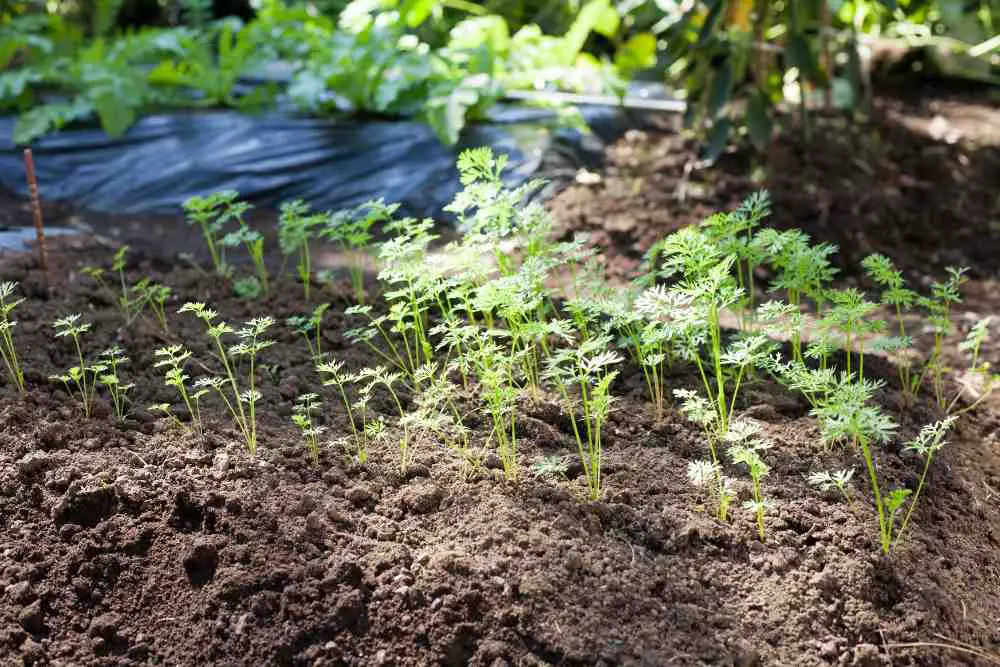
3. Soil Density And Well-Drained Soil
Root vegetables grow quicker in soil that is loose, loamy, or sandy. While planting carrots, soil density and type are important considerations. The appropriate soil density might help keep your carrots cool in the summer.
Create your own soil mix with equal parts peat moss, sand or perlite, compost, and potting soil for the greatest results. Avoid packing down the soil to preserve its outstanding drainage characteristics. During warm days, this combination creates excellent soil for carrots. Keep the soil moist all year long, regardless of what you have. This is one of the best-growing pieces of advice. Water the soil and plants regularly, especially if you have recently planted seeds.
Overly heated temperatures will be reduced as a result, which could prevent healthy growth. Avoid adding animal manure because they frequently contain a lot of nitrogen.
4. Water On A Regular Schedule
The risk of heat stress on carrots increases when the soil dries up. Hence, be sure to follow a rigorous watering schedule for your carrots and be aware of the appropriate times to water. On days with high temperatures, check your carrots twice once in the morning and once at night.
Maintain soil moisture down to an inch or two. Don’t soak the carrots so thoroughly that they form puddles. As the water evaporates, it cools the soil and keeps your carrots from becoming overheated.
5. Consider Using Mulch To Keep The Soil Cool
Mulching may be the most effective way to keep the soil cool throughout the summer. Also, it keeps the soil moist, which facilitates the rapid germination of carrot seedlings.
Intense sunshine cannot as quickly dry up the top layer of soil when there is a thick layer of mulch covering the ground. Carrots and other root crops benefit the most from straw mulch. In the absence of that, try shredded leaves, paper, or grass clippings. The entire mulch layer covering your carrots should be completely moistened while watering. This will make it more able to handle the heat all day. But, you must look out for diseases like carrot bugs and pests like them. In warm environments, they are more attracted.
6. Cover Over The Plants With A Shade Cloth
When planting carrots in hot weather, more effort may be needed than when growing in cool weather. For the carrot root to mature, it needs enough time, which can only occur in the cold. During the hottest part of the day, cover your carrot bed with a shade cloth to help maintain these conditions.
When the sun sets, you can take it off. Carrots prefer 6-8 hours of direct sunlight per day. The morning and early afternoon hours provide the finest sunlight for these cool-weather crops. Hence, each day in the middle of the afternoon, set up the shade cloth.
- 20+ Chic Boho Bedroom Ideas for a Cozy and Stylish Retreat - June 20, 2024
- 12+ Modern Boho Living Room Ideas to Create a Unique Oasis - June 10, 2024
- 10 Stunning Canopy Bed Ideas for a Dreamy Escape - May 16, 2024

